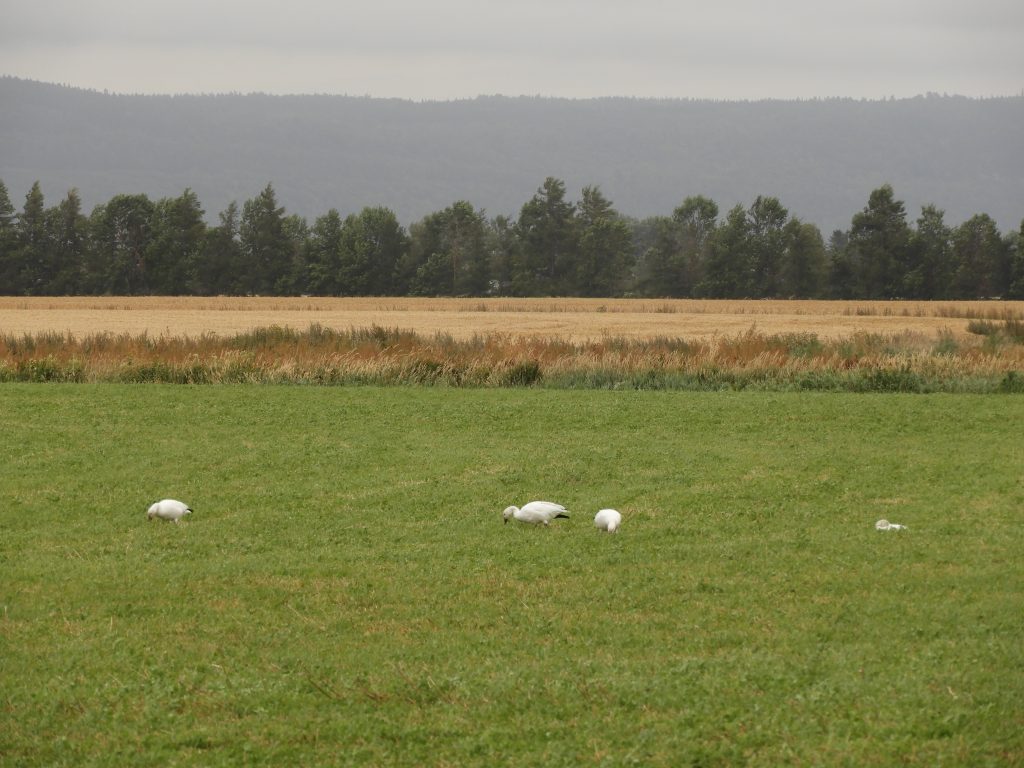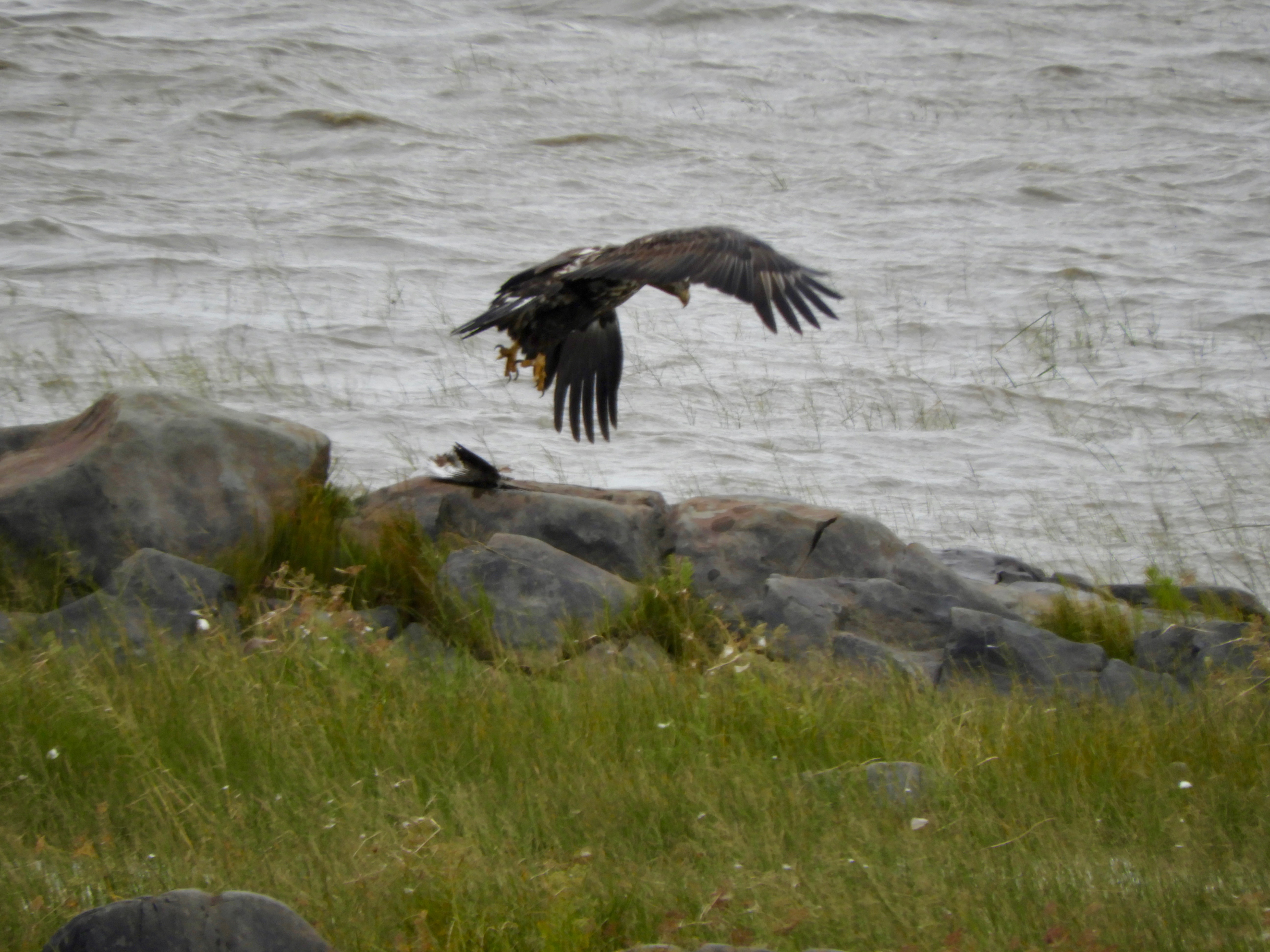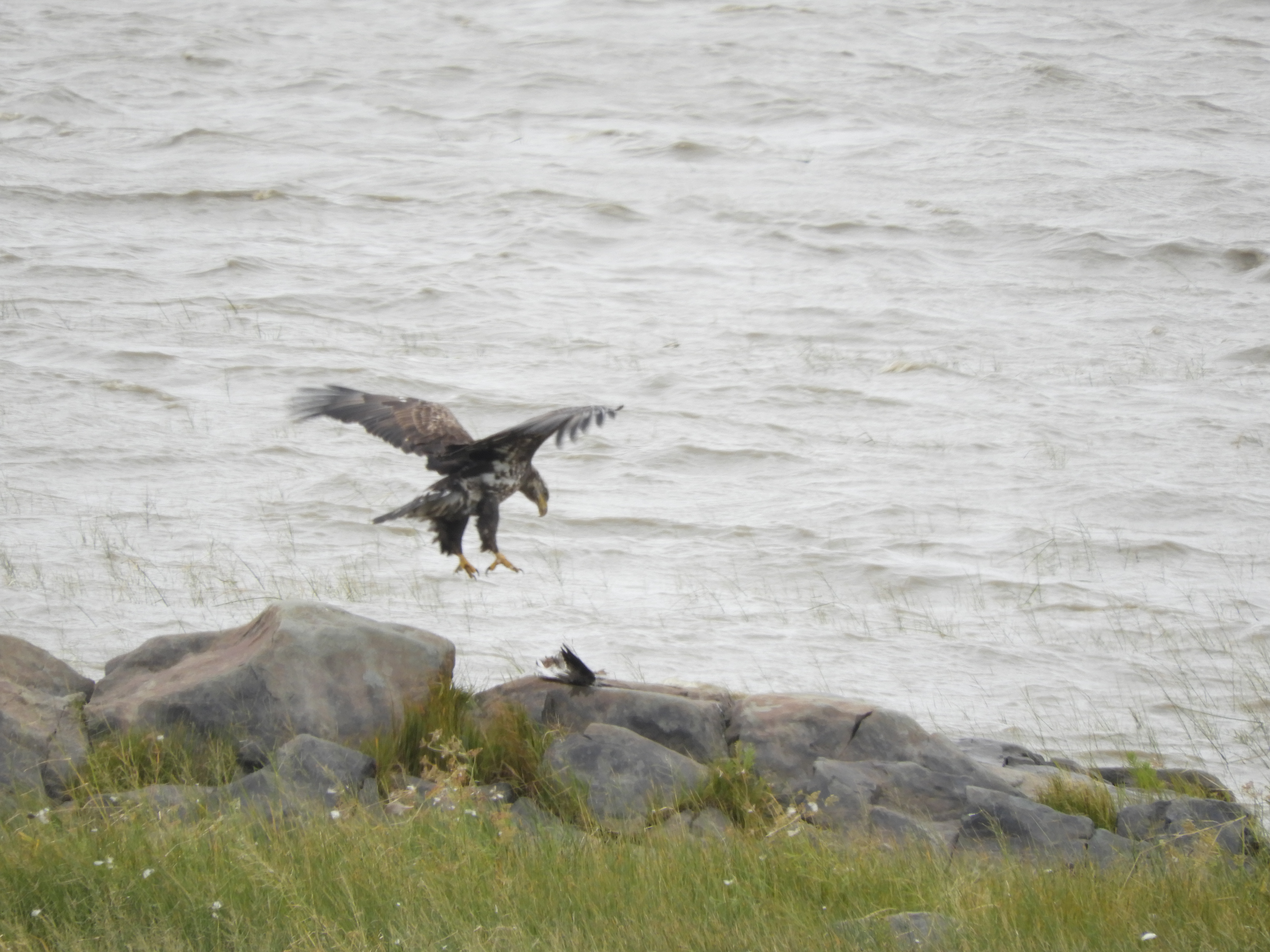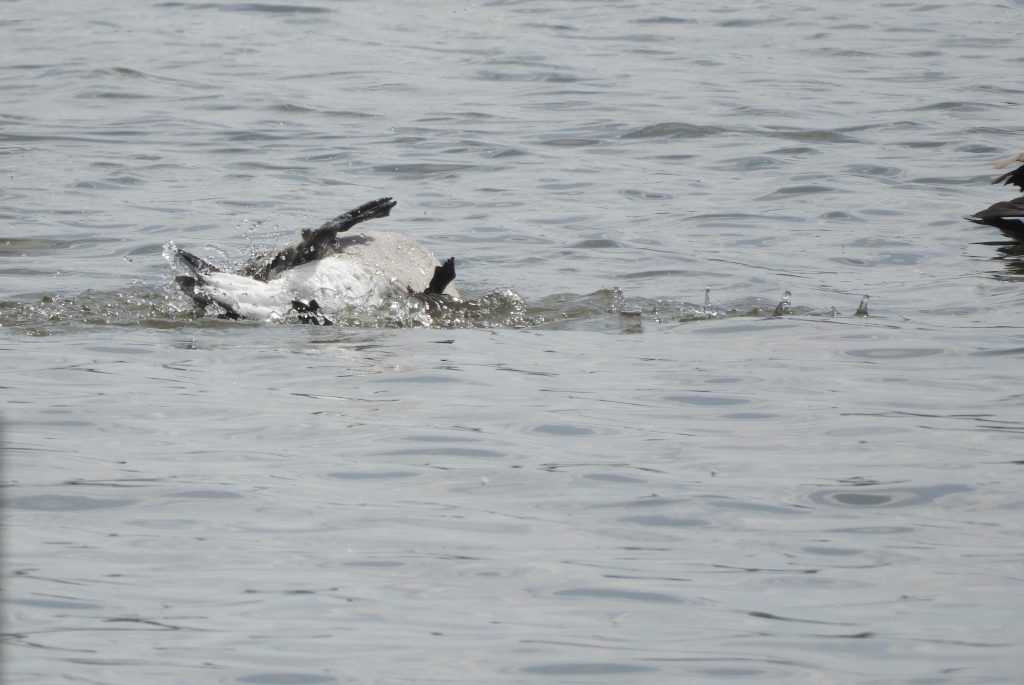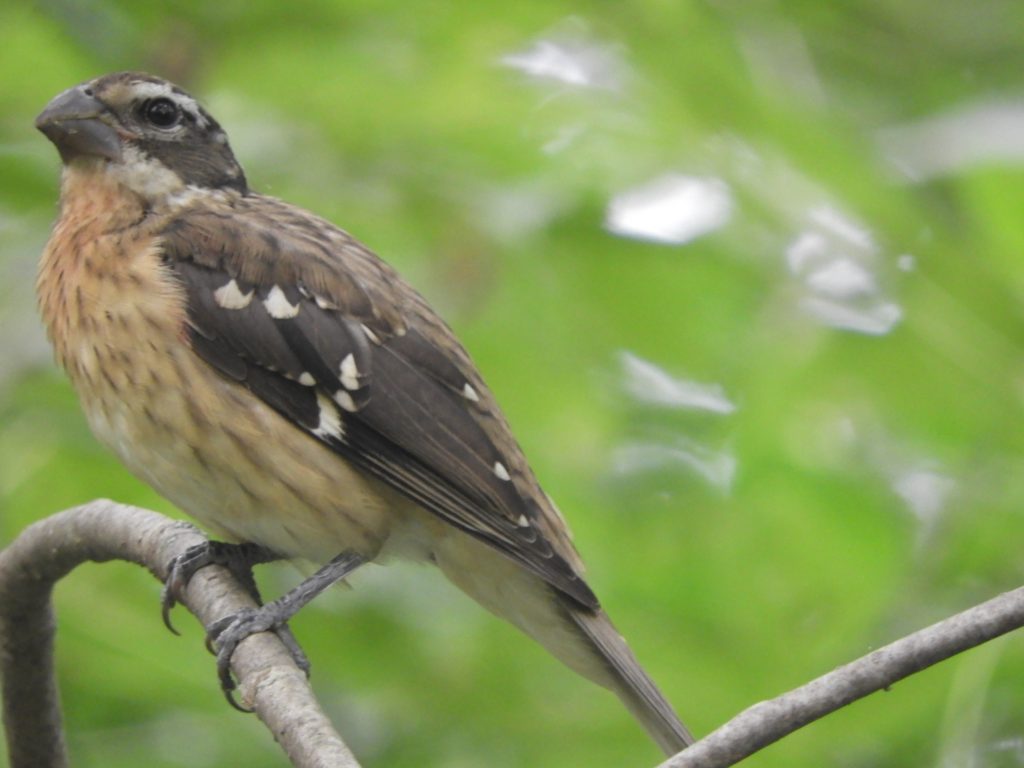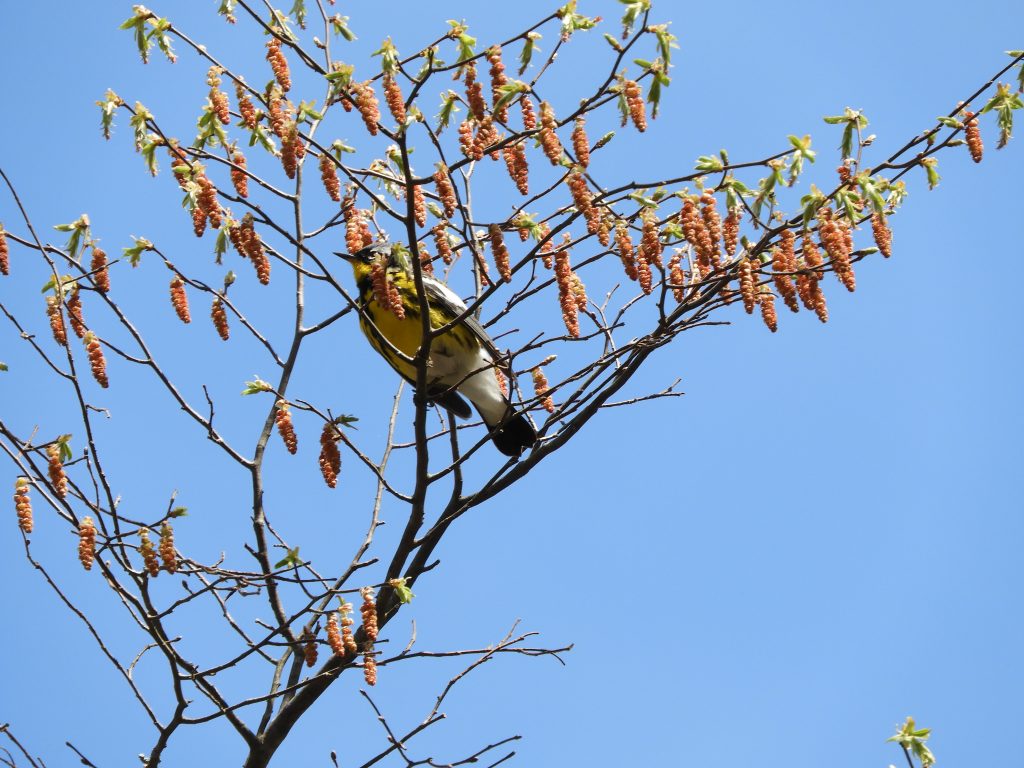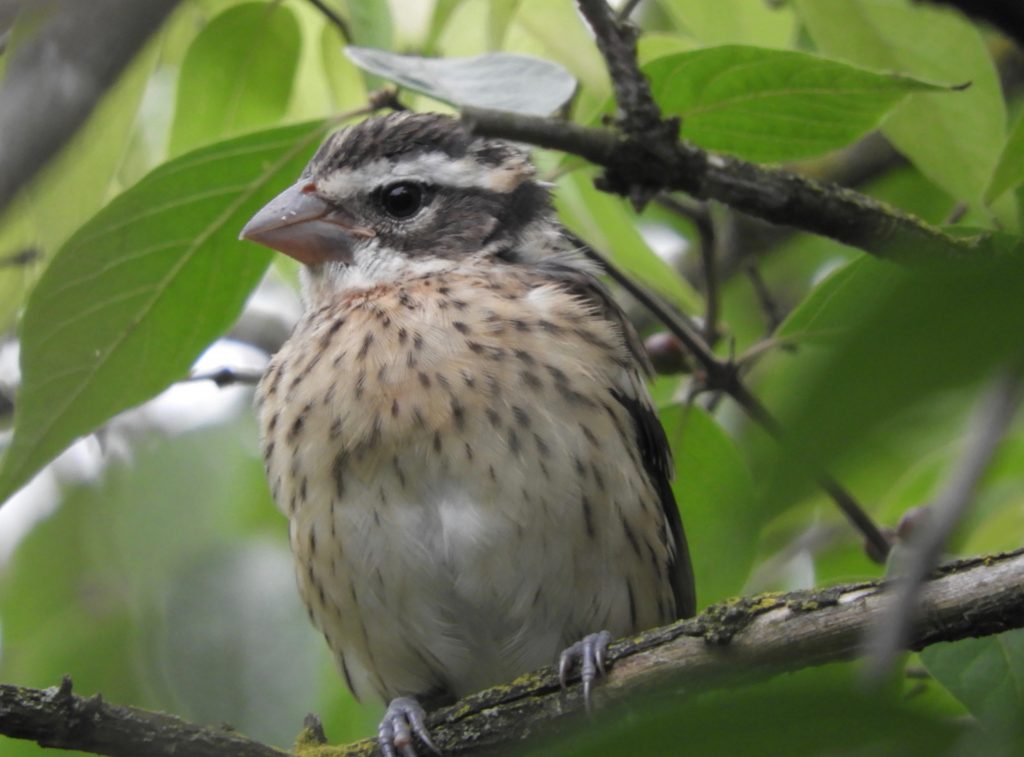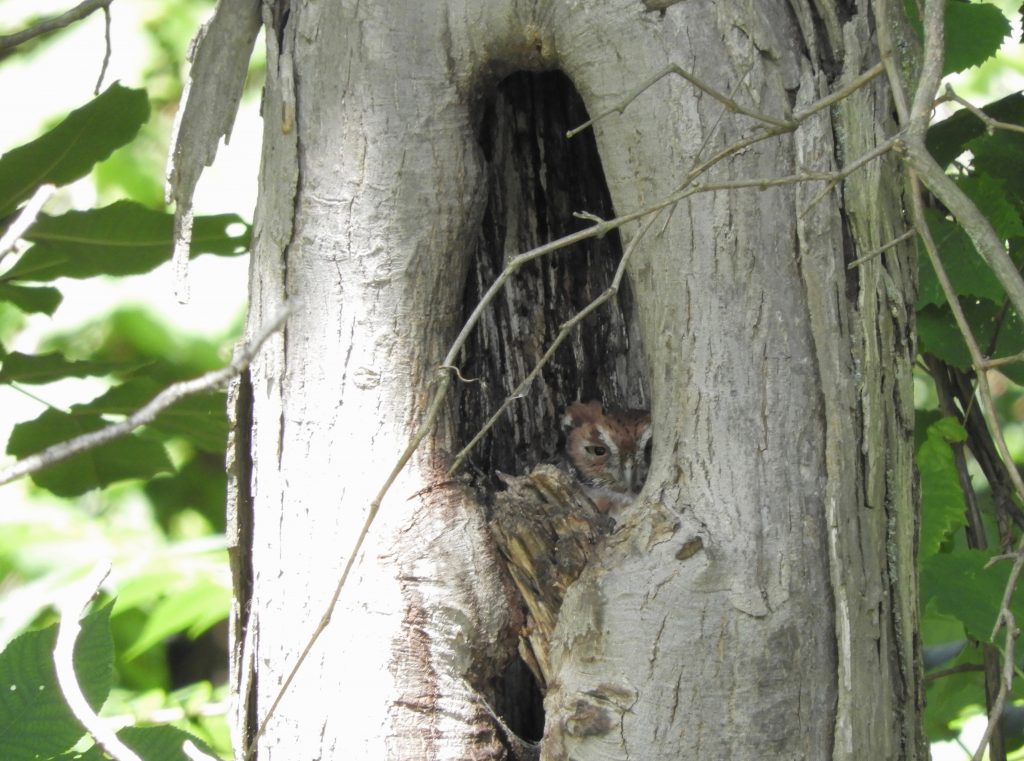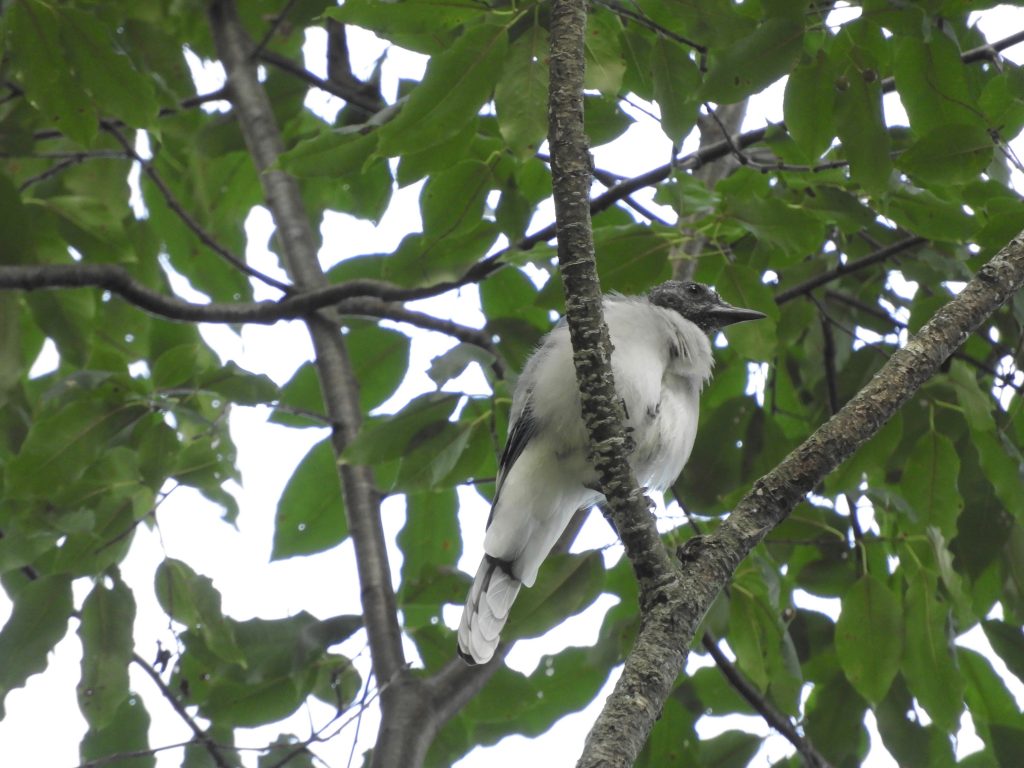September 7 2019. L’Islet-sur-mer, Quebec. I write this as Hurricane Dorian, one of the most monstrous of tropical storms, is making its way up the east coast of North America. It is hitting Nova Scotia hard tonight and has delayed our progress towards Grand Manan, an island in the Bay of Fundy (some way off the storm track but nevertheless likely to suffer considerably from high winds and torrential rain.) We are making our way somewhat slowly along the south shore of the Gulf of St Lawrence, Quebec. Here, we will be well clear of Dorian’s track but nature abhors a vacuum so instead we’ve been dealt cold, eye-watering, nose-dripping cold (especially if you choose to stand on an exposed shore looking at birds, that is.)
The day has been marked by spectacular scenery, delicious artisanal cheese, a warm inn, a nearly full-adult Bald Eagle, five Snow Geese, a Northern Harrier, several Least Sandpipers, Semi-palmated Plovers, and Sanderlings. The Bald Eagle was my Bird of the Day, we spotted it sitting on a large rock at the tideline where several ducks were shuffling through reedy margins. As we watched, the eagle spread its wings to lift up into the teeth of the wind and promptly dropped to seize an unwitting (& unidentifiable) duck, plucking it struggling from the water. It settled back on the same rock, just long enough to put an end to the duck’s struggles. It then took flight again to challenge an approaching second Bald Eagle and to send it packing to find its own meal; then back to the waiting duck dinner.
The Snow Geese were a bit of a surprise, they are almost certainly migrants from the Arctic, and today’s birds would certainly be among the first to head south. In a few weeks the marshes along the Gulf of St. Lawrence will be rotten with Snow Geese. We almost never see any as far west as Lake Ontario, so they were a welcome sight, and a pretty one set against the backdrop of rural Quebec.
